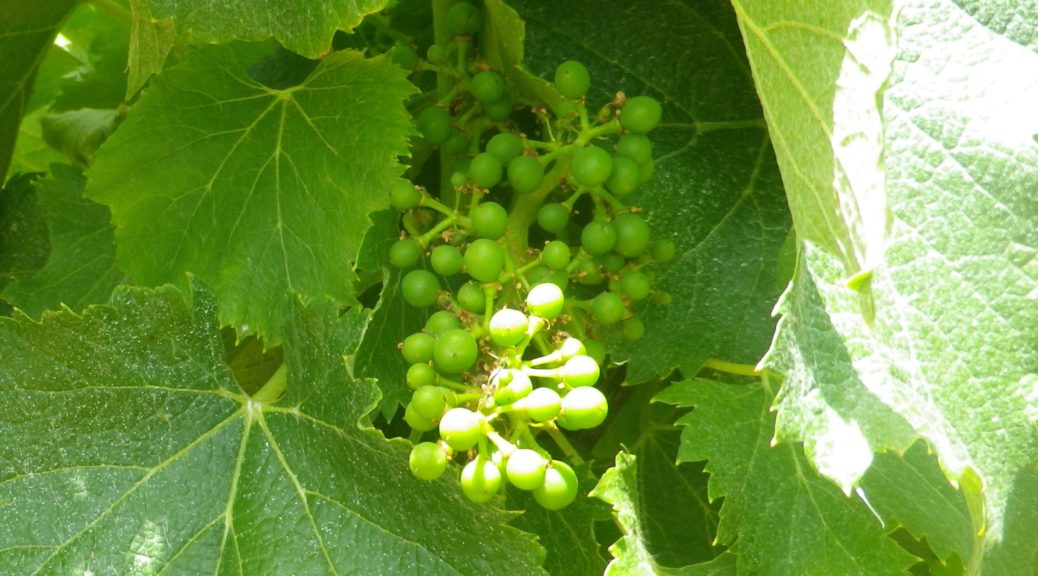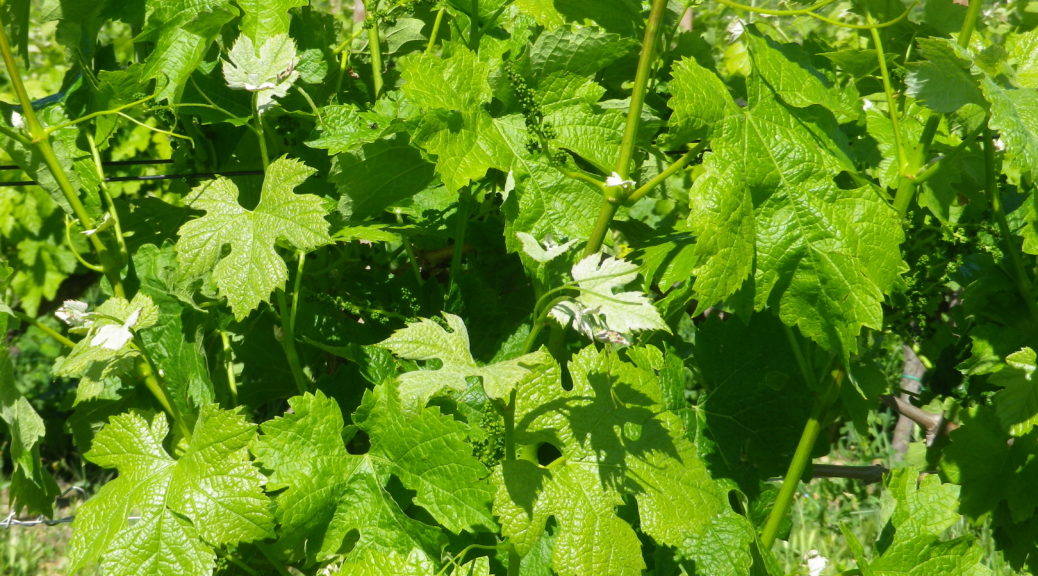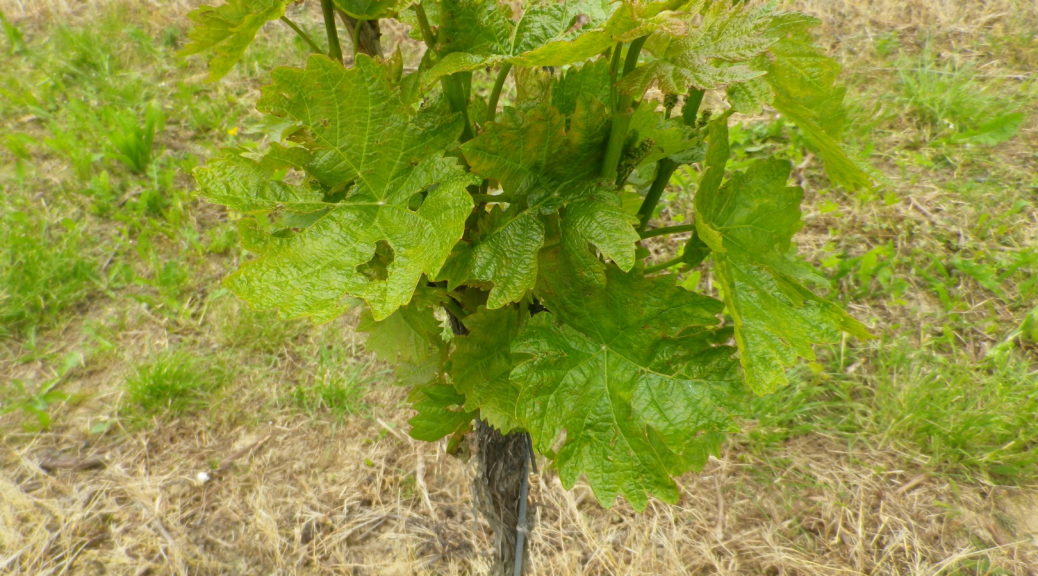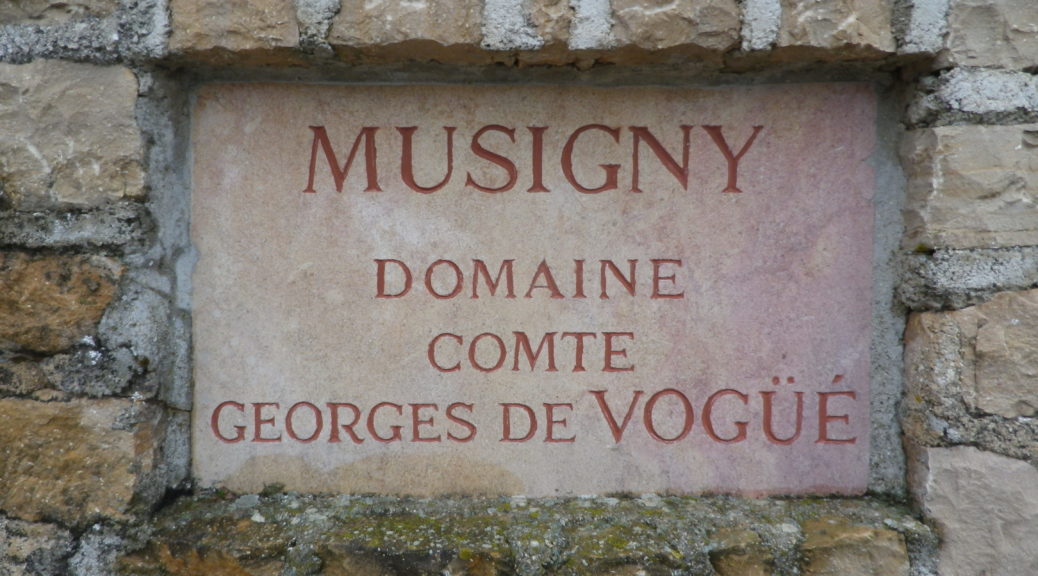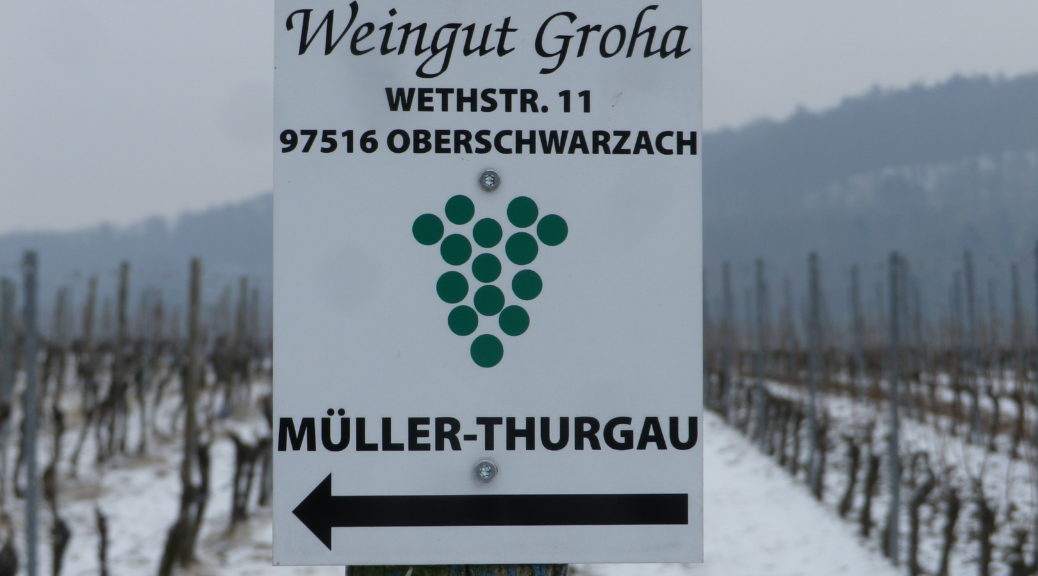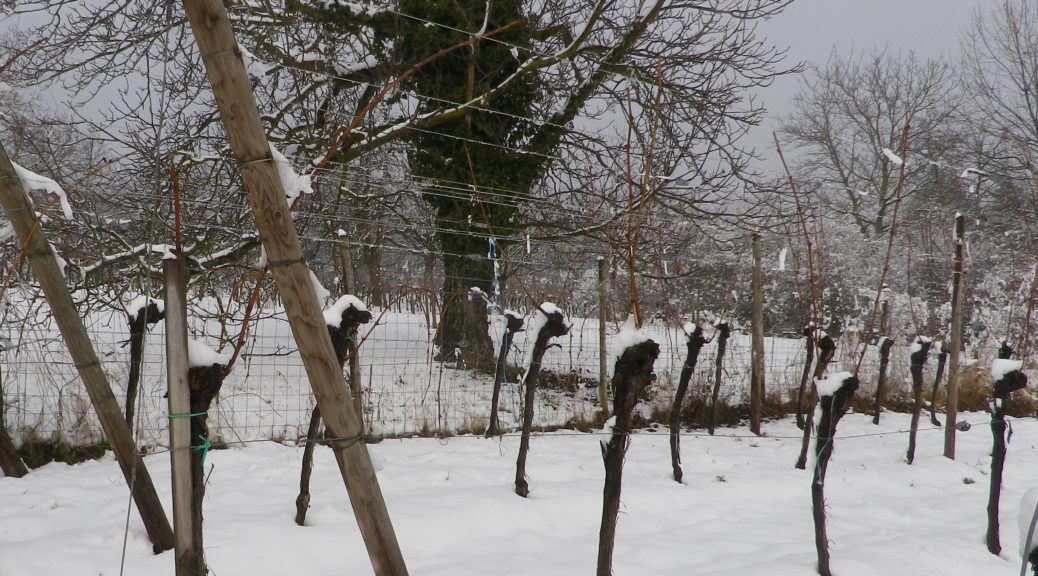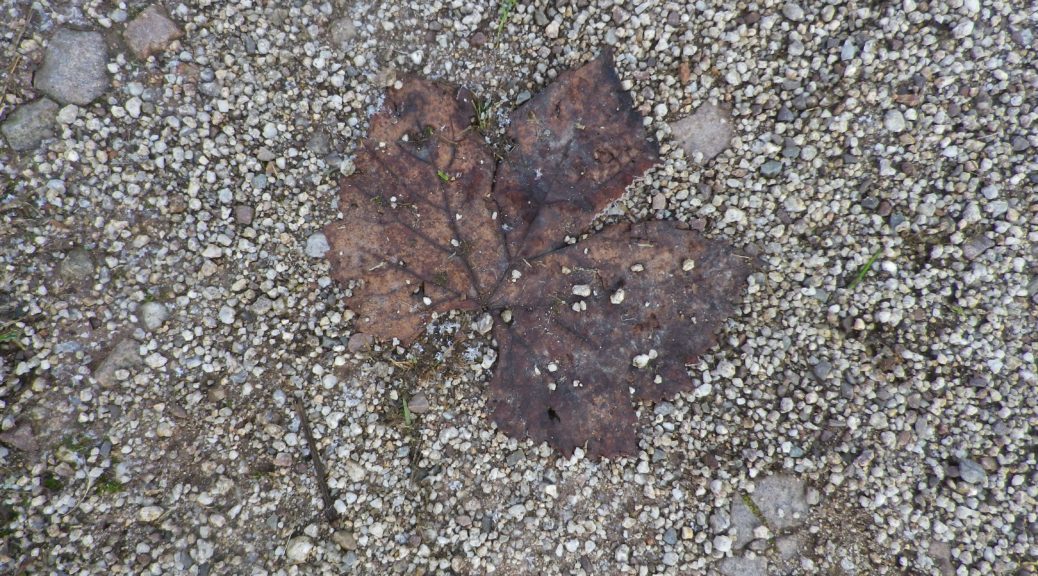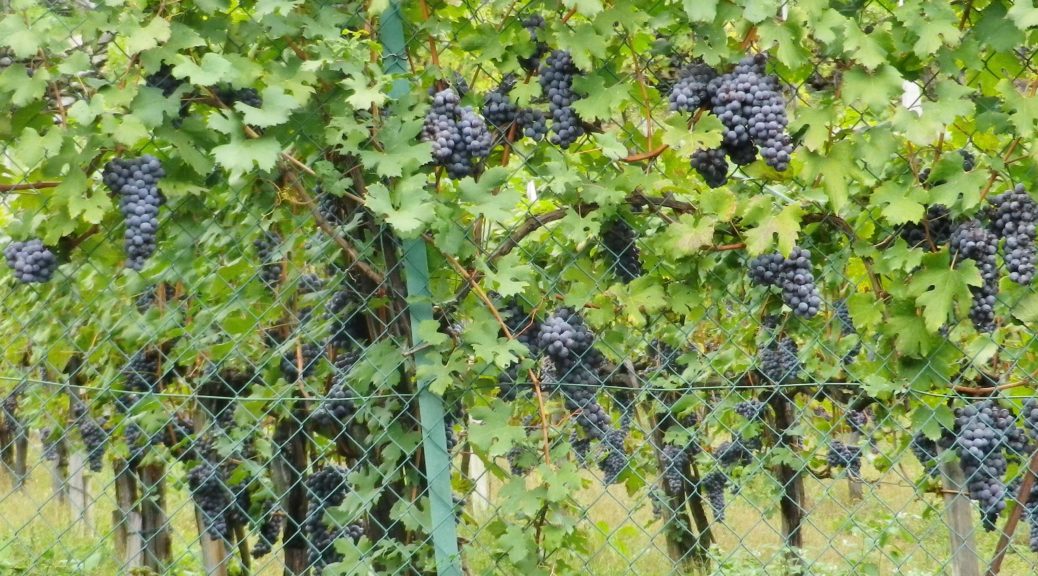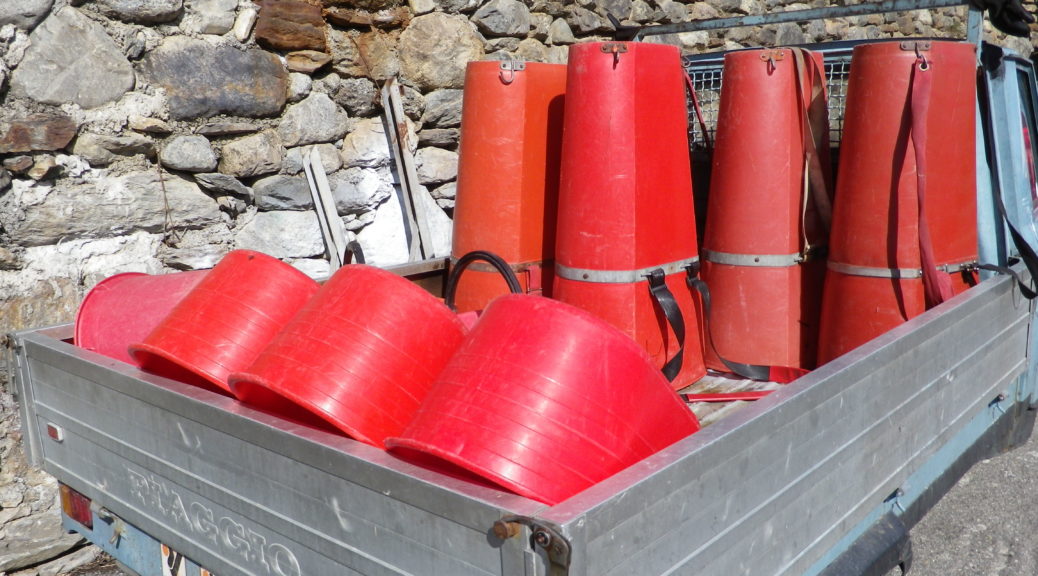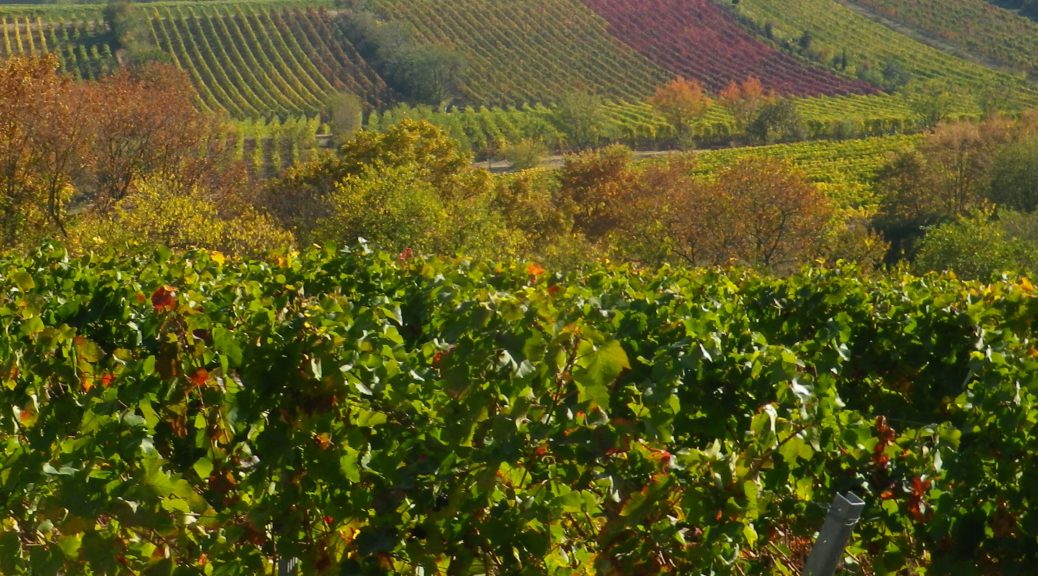What I Learned
The Appellation Cahors Controlee is a small appellation in the Lot Department, in southwest France. Specifically, it is in the Lot River Valley, a sinuous river valley leading to the Garonne River further west. Located mostly west of the small town of Cahors, the vineyards, like Cahors, are located on peninsulas created by the Lot’s often extreme bends, which over the millennia, deposited alluvial soils. Amounting to less than 5000 hectares in total, the vineyards are devoted to only three varietals.
This is a red varietal only appellation. The main varietal is a grape of many names. Its most well-known name nowadays (thanks in part to its Argentinian success) is Malbec. In several regions of France, it may be known as Cot (with slight spelling variations), especially in the middle Loire, and in and around the Entre-Deux-Mers area of the Bordeaux wine region. In its home region, Quercy, it is also known as Auxerrois. (Not to be confused with the white varietal known as Auxerrois.)
